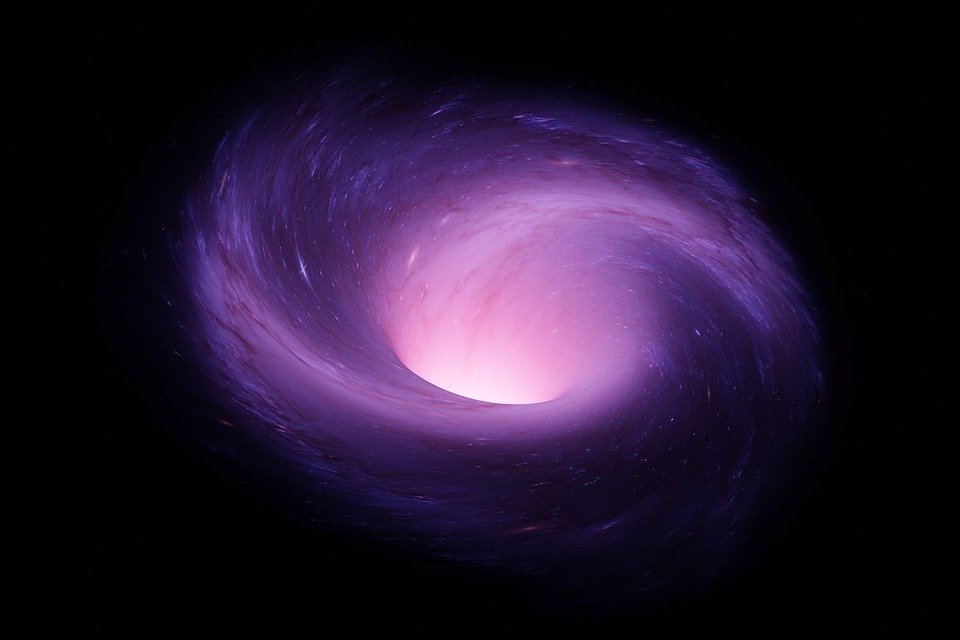The Science of Magic: How Magicians Utilize Optical Illusions
Introduction
Magic has been captivating audiences for centuries, leaving spectators in awe and wonder. While the tricks performed by magicians may seem like pure sorcery, there is actually a fascinating science behind the art of magic. One of the key techniques employed by magicians is the use of optical illusions. In this article, we delve into the science behind magic and explore how magicians manipulate our perception to create seemingly impossible feats.
Understanding Optical Illusions
Optical illusions are visual phenomena that trick our brains into perceiving something that is not actually present or distorting our perception of reality. Magicians exploit these illusions to deceive and misdirect our attention, allowing them to perform their tricks without detection.
One common optical illusion used by magicians is misdirection. By diverting the audience’s attention to a specific point, typically using gestures, words, or props, the magician can manipulate what the audience sees or fails to see. This diversion creates an opportunity for the magician to execute a sleight of hand or other trick, causing the audience to believe in the impossible.
The Role of Visual Perception
Visual perception plays a crucial role in magic tricks. Magicians take advantage of the brain’s inherent tendency to fill in missing information and make assumptions based on previous experiences. By manipulating our visual perception, magicians can create illusions that defy logic and challenge our understanding of reality.
One technique often used by magicians is the use of ambiguous figures. These figures can be interpreted in multiple ways, causing confusion in the viewer’s mind. By presenting an ambiguous figure, magicians exploit our brain’s natural inclination to search for patterns and impose meaning, leading us to perceive something that may not be accurate.
Misdirection: The Magician’s Greatest Ally
Misdirection is a powerful tool in the magician’s arsenal. By directing the audience’s attention away from the secret actions happening behind the scenes, magicians can perform incredible tricks right under our noses. Misdirection often involves creating a compelling narrative or engaging the audience in a conversation, diverting their attention from the actual trick being performed.
Another common misdirection technique is called “loading.” Magicians use this technique to manipulate the audience’s perception of an object’s weight or properties. By subtly introducing a heavier or lighter duplicate of an object, the magician creates a mismatch between what the audience expects and what actually happens, further enhancing the illusion.
The Power of Suggestion
Magicians are masters of suggestion. They use psychological techniques to influence our thoughts and perceptions, making us believe in their seemingly impossible illusions. One such technique is known as “forcing.” By subtly guiding the audience towards a predetermined choice, magicians can make it seem as if the spectator has made a free choice, when in reality, they were led to it all along.
Another powerful suggestion technique is called the “power of expectation.” Magicians often set up an expectation in the minds of the audience, leading them to anticipate a particular outcome. By manipulating this expectation, the magician can surprise and astonish the spectators, leaving them in a state of disbelief.
Frequently Asked Questions (FAQs)
Q: Are all magic tricks based on optical illusions?
A: While optical illusions are commonly used in magic tricks, not all tricks rely solely on them. Some tricks may involve other techniques such as sleight of hand, misdirection, or mentalism.
Q: Can anyone learn to perform magic tricks?
A: Yes, anyone can learn to perform magic tricks. However, mastering the art of magic requires practice, dedication, and an understanding of the psychological principles behind it.
Q: How do magicians keep their secrets hidden?
A: Magicians take great care to guard their secrets. They often use a combination of misdirection, sleight of hand, and other techniques to keep their methods hidden from the audience.
Q: Is it possible to figure out how a magic trick is done?
A: Some magic tricks can be deciphered with careful observation and analysis. However, many tricks are designed to be impossible to figure out without insider knowledge.
Q: Are there any scientific benefits to learning and performing magic tricks?
A: Yes, learning and performing magic tricks can have several scientific benefits. It can improve hand-eye coordination, enhance cognitive abilities, and provide insights into human psychology and perception.
Conclusion
The art of magic combines science, psychology, and illusion to create a mesmerizing experience for audiences. By understanding the science behind optical illusions, misdirection, and the power of suggestion, we can gain a deeper appreciation for the skill and mastery that magicians possess. So, the next time you witness a magic trick, remember that what you see may not always be as it appears.

